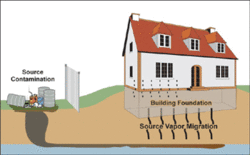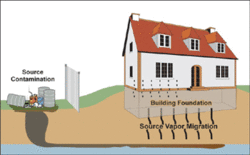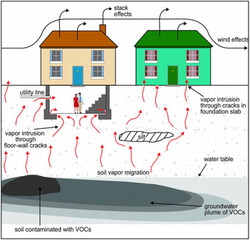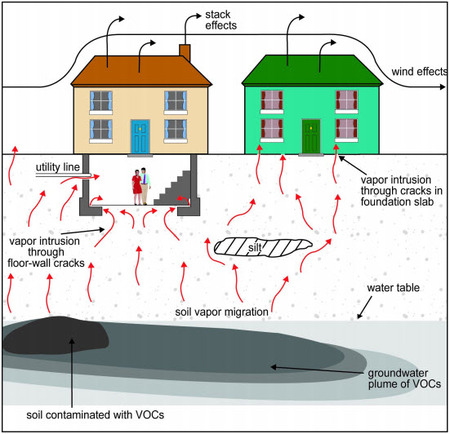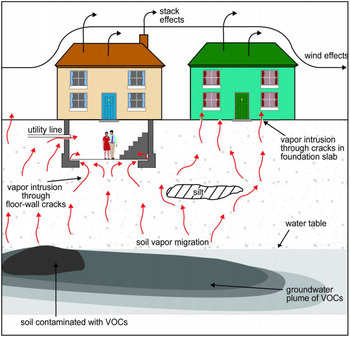 I’ve been an environmental lawyer for more than 20 years, working for communities whose homes, air, and water have been polluted by industry’s careless disposal of dangerous chemicals. I’ve seen government respond aggressively to protect its citizens under these circumstances, but more often not so aggressively. I’ve even seen government pretend that the contamination is not as bad as it really is to justify not doing anything about it.
I’ve been an environmental lawyer for more than 20 years, working for communities whose homes, air, and water have been polluted by industry’s careless disposal of dangerous chemicals. I’ve seen government respond aggressively to protect its citizens under these circumstances, but more often not so aggressively. I’ve even seen government pretend that the contamination is not as bad as it really is to justify not doing anything about it.
But I’ve never seen a state government so matter-of-factly abandon its citizens in need of protection as the State of Kansas did to the residents of more than 1,000 homes in the Historically Black neighborhoods that are located Northeast of downtown Wichita, including the Wichita Independent, Northeast Millair, and Northeast Highgate neighborhoods.
Kansas should be ashamed of itself. It must immediately reverse course and do its duty to protect its citizens against dangerous chemical contamination.
 Illinois Personal Injury Lawyer Blog
Illinois Personal Injury Lawyer Blog


